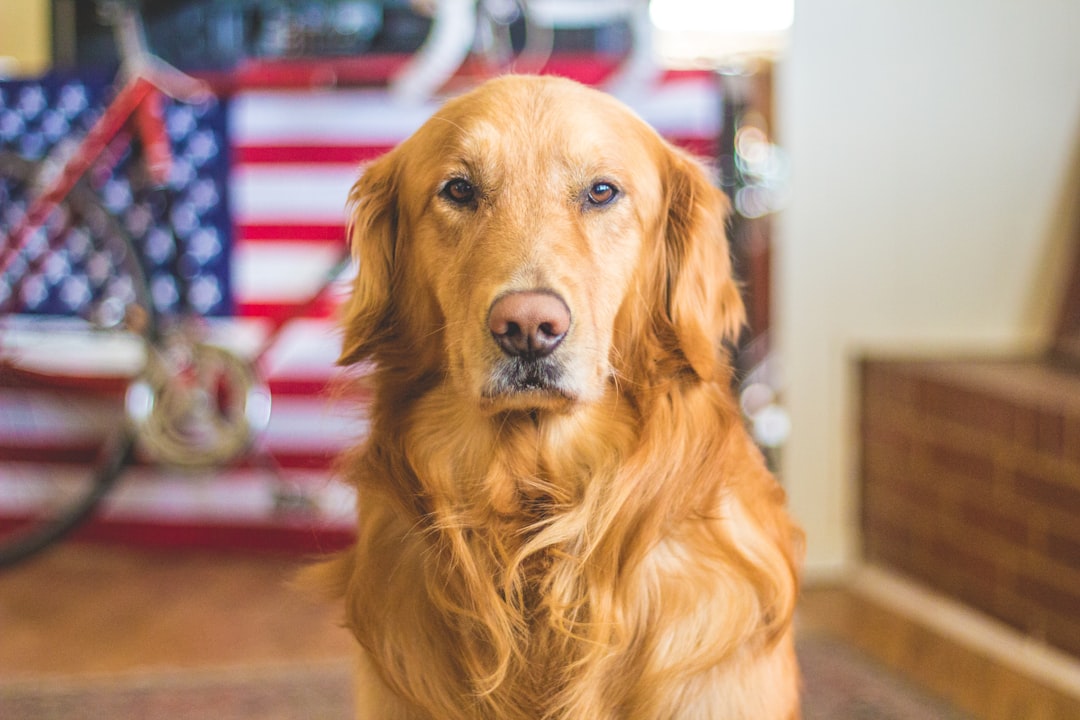Smooth Sailing: Mastering Airport Etiquette with Your Service Dog
A comprehensive guide to navigating airports and ensuring a smooth travel experience with your service dog, including understanding regulations, etiquette guidelines, and preparation recommendations.
Introduction to Airport Etiquette when Traveling with Your Service Dog
Service dogs play a crucial role in assisting individuals with disabilities, providing support and enhancing the quality of life for their owners during travel. These specially trained dogs offer invaluable assistance in navigating airports and ensuring a smooth travel experience for people with disabilities. Well-trained service dogs help their handlers with various tasks, making air travel more manageable and less stressful.
Understanding the rules and regulations for traveling with service dogs is essential to ensure a positive experience at airports. Airlines are required to recognize and transport service dogs, distinguishing them from other animal companions. However, airlines have the authority to deny transport to service dogs based on safety, health, or disruptive behavior criteria. Verification of service dogs may involve observation, inquiries, and the submission of necessary forms by owners to certify the dog’s training and behavior.
Understanding Airport Rules and Regulations for Service Dogs
When navigating airports with a service dog, it is essential for owners to understand the intricate rules and regulations in place. While airlines are mandated to recognize and facilitate the transportation of service dogs, the accommodation of other animal species is at the airline’s discretion, highlighting the significance of the service dog’s role in air travel. Moreover, airlines reserve the right to decline transport services to service dogs if they present safety hazards, health risks, or display behavior that could potentially disrupt the flight environment, underlining the importance of well-behaved and trained service dogs in these settings.
To ascertain the legitimacy of a service dog, airlines employ various methods such as observing the dog’s conduct, posing pertinent questions to the owner, and requesting documentation that validates the dog’s training and behavior. This multi-faceted approach ensures that service dogs meet the necessary standards and are equipped to navigate the airport environment seamlessly, fostering a safe and efficient travel experience for all passengers. Furthermore, service dog handlers are typically required to complete Department of Transportation forms before their journey, certifying their dog’s training and behavior. This process not only safeguards the well-being of passengers but also underscores the commitment of service dog owners to comply with established regulations, promoting a harmonious coexistence between service animals and airline protocols.
Navigating Security Checkpoints and Boarding Procedures with a Service Dog
When traveling with a service dog, understanding the intricacies of navigating security checkpoints and boarding procedures is crucial for a stress-free journey. For instance, knowing that service dog handlers are permitted to leave their dog’s gear on during security checks, as outlined by TSA guidelines, can ease the screening process for both the handler and the dog. It’s important to remember that post-security, service dogs, along with emotional support animals, are safeguarded under the Air Carrier Access Act (ACAA), ensuring that their rights are respected and upheld throughout the duration of the flight.
Moreover, practical advice such as arriving early at the airport allows ample time for security procedures and check-in, reducing the possibility of rushing and stress for both the handler and the service dog. Additionally, carrying essential accessories like water bowls, treats, and comfort items for the dog can make the journey more comfortable and familiar for the canine companion, contributing to their well-being during the flight. By maintaining the dog’s good behavior during the flight, service dog owners not only demonstrate responsible pet ownership but also contribute to a positive experience for other passengers and airline staff, fostering a harmonious travel environment for everyone involved.
Etiquette Guidelines for Service Dog Owners in Airports and on Flights
When traveling through airports with a service dog, owners must understand and adhere to specific etiquette guidelines to ensure a smooth and positive experience for themselves and fellow passengers. For example, it is crucial for service dogs to be easily identifiable, which is why it is recommended that they wear a vest that clearly indicates their role as working animals. This not only helps airport staff and other passengers recognize the service dog but also sets a professional tone for the journey, emphasizing the importance of the dog’s responsibilities.
Moreover, maintaining good behavior throughout the flight is essential for service dogs. They should be well-trained to behave appropriately and lie down on the floor at their owner’s feet during the journey. This not only ensures the safety and comfort of all passengers but also reflects positively on the service dog community as a whole. By following these etiquette guidelines, service dog owners can showcase the high level of training and discipline their dogs possess, ultimately contributing to a more inclusive and harmonious travel environment for everyone involved.

Preparation and Training Recommendations for Flying with a Service Dog
When preparing to fly with a service dog, it is crucial to understand the specific training requirements outlined in the updated Department of Transportation rules, especially for psychiatric service dogs (PSDs). For example, PSDs are expected to be trained in tasks directly related to their handler’s disability, such as providing comfort during panic attacks or alerting to impending seizures. This training ensures that the service dog can effectively assist the handler in various situations encountered during air travel, contributing to a safe and comfortable journey.
Moreover, while some may assume that professional training or certification is necessary for service dogs, the reality is that owners have the autonomy to train their service dogs themselves. By tailoring the training to the individual needs of the handler and focusing on specific tasks that enhance the handler’s quality of life, owners can cultivate a strong bond with their service dog and ensure the dog’s actions align with their unique requirements. This personalized training approach not only promotes a deeper connection between the service dog and its handler but also enhances the dog’s ability to perform tasks effectively in diverse environments, including airports and flights.
In addition to training, practical tips play a vital role in preparing for air travel with a service dog. For instance, booking flights well in advance allows for better accommodation and preparation, reducing last-minute stressors. Furthermore, practicing essential tasks in various settings and acclimating the dog to the airport environment beforehand can help familiarize the service dog with potential stressors, leading to a more relaxed and confident demeanor during the journey. These preparatory steps contribute significantly to the overall success of flying with a service dog, ensuring a harmonious and efficient travel experience for both the handler and the dog.
Conclusion: Importance of Proper Airport Etiquette for Service Dog Owners
Understanding and respecting airport etiquette when traveling with a service dog is essential for a smooth and hassle-free journey through airports. Service dog owners must prioritize the training and certification of their dogs to comply with airport regulations and ensure a safe and comfortable travel experience. Properly trained service dogs play a vital role in assisting individuals with disabilities during air travel, advocating for their rights, and enhancing their independence.
For instance, service dog owners must be aware of the specific rules and requirements set by airlines for flying with a service dog. By familiarizing themselves with these regulations, handlers can navigate security checkpoints and boarding procedures seamlessly. This includes being prepared with necessary documentation, arriving early at the airport, and ensuring their service dog behaves appropriately throughout the flight. By following these guidelines, service dog owners can advocate for their rights, reduce stress, and promote a positive experience for themselves and their canine companions while traveling through airports.


